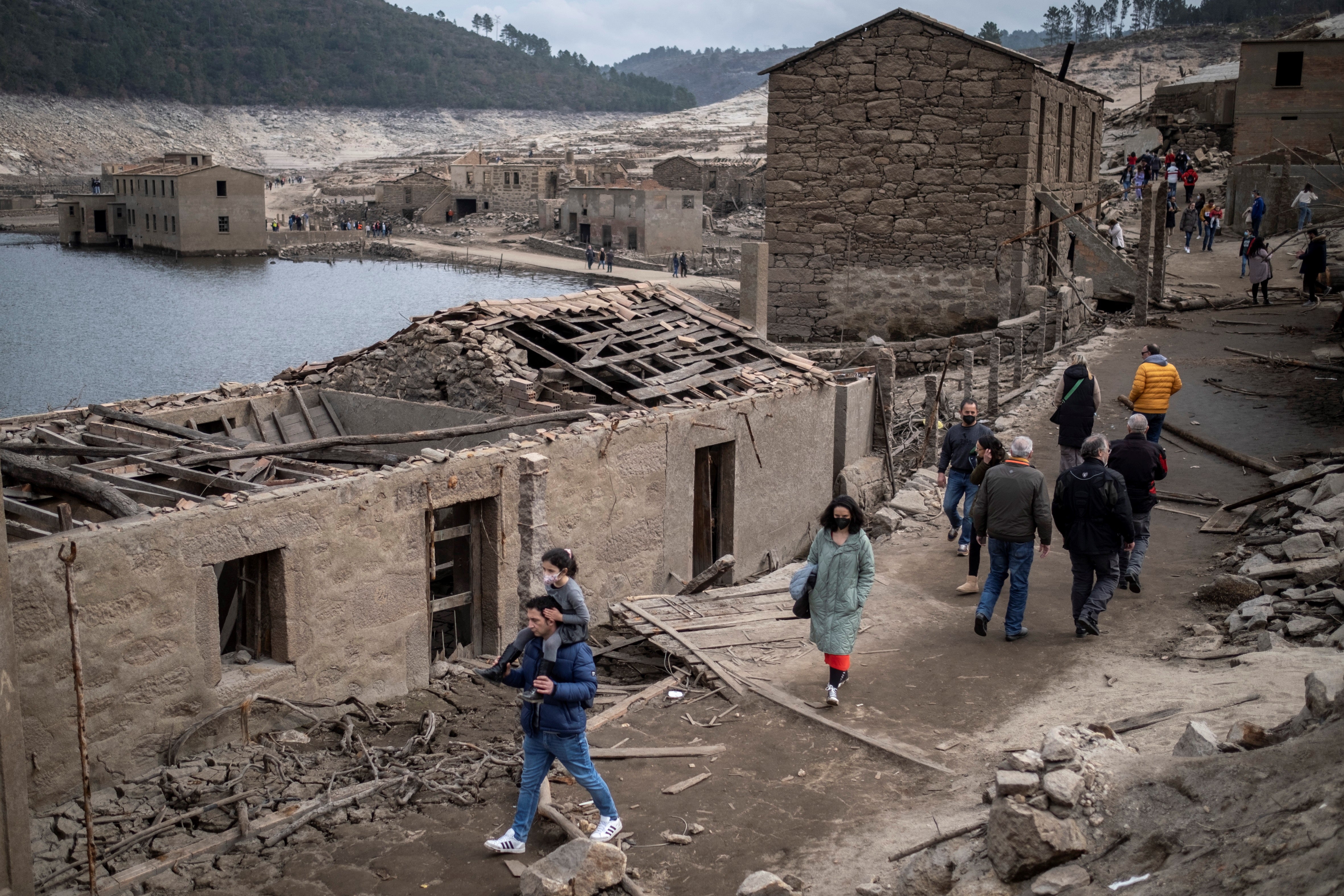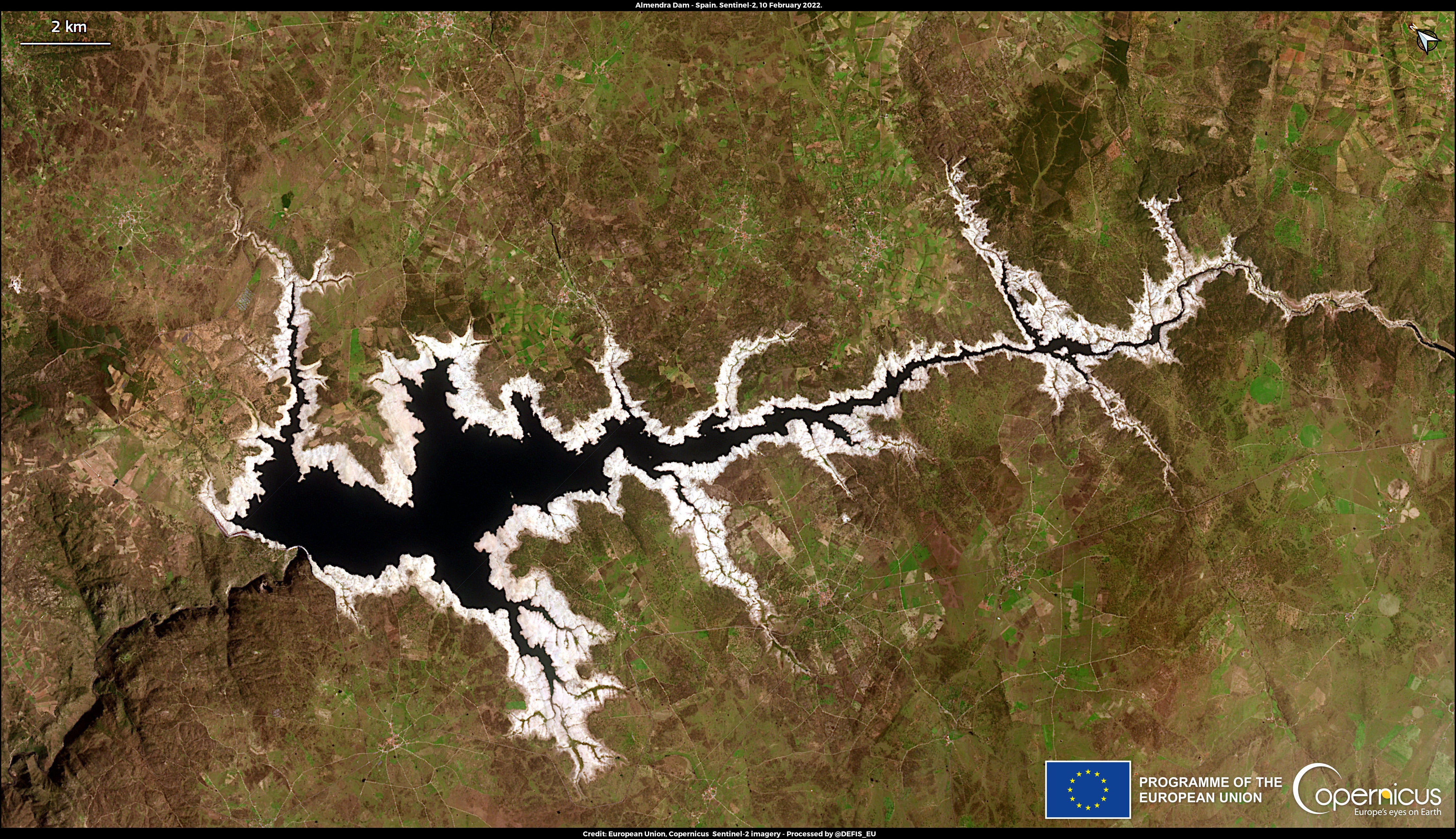Climate crisis blamed as extreme winter drought devastates crops in Spain and Portugal
In Spain, rainfall this winter stands at only a third of the average in recent years

Your support helps us to tell the story
From reproductive rights to climate change to Big Tech, The Independent is on the ground when the story is developing. Whether it's investigating the financials of Elon Musk's pro-Trump PAC or producing our latest documentary, 'The A Word', which shines a light on the American women fighting for reproductive rights, we know how important it is to parse out the facts from the messaging.
At such a critical moment in US history, we need reporters on the ground. Your donation allows us to keep sending journalists to speak to both sides of the story.
The Independent is trusted by Americans across the entire political spectrum. And unlike many other quality news outlets, we choose not to lock Americans out of our reporting and analysis with paywalls. We believe quality journalism should be available to everyone, paid for by those who can afford it.
Your support makes all the difference.In north-western Spain, the sight of roofs emerging from the surface of the water in the Lindoso reservoir is not uncommon at the height of particularly dry summers, but since the lake was first created three decades ago, this winter is the first time the flooded village of Aceredo has been revealed in its entirety.
The decrepit old stone works of the village are an indication of the extent of the severe winter drought impacting Spain and Portugal, which is now devastating crops after more than two months with no rain.
While 10 per cent of Spain has officially been declared as being under "prolonged drought," large areas outside this categorisation, particularly in the south, also face extreme shortages that could impact the irrigation of crops.
Overall around 50 per cent of all Spanish farms are believed to be at risk due to the record low rainfall which is impacting rain-fed crops including cereals, olives, nuts and vineyards, which could lose 6 per cent to 8 per cent of their production, Spanish farming organisations have warned.
While the government is planning to spend around €570m (£477m) to improve irrigation systems, the lack of rainfall has been blamed on the worsening climate crisis.
Over the last three months of 2021, Spain recorded just 35 per cent of the average rainfall it had during the same period from 1981 to 2010. But there has been almost no rain since then.
Meanwhile in Portugal, 45 per cent of the country is currently experiencing "severe" or "extreme" drought conditions, Portuguese national weather agency IPMA said, with the climate crisis bringing hotter, drier conditions that make agriculture increasingly difficult.
IPMA climatologist Vanda Pires, Portugal told AP the agency had recorded an increase in the frequency of droughts over the past 20 to 30 years, with lower rainfall and higher temperatures.
"It’s part of the context of climate change," she said.

Scientists estimate that Portugal will see a drop in average annual rainfall of 20 per cent to 40 per cent by the end of the century.
According to the Spain’s national weather agency AEMET, only in 2005 has there been a January with almost no rain in this century.
If there is not significant rain within the next two weeks, emergency subsidies for farmers will be needed, Spanish authorities told AP.
Rubén del Campo, a spokesman for the Spanish weather service, said the below-average rainfall over the last six months was likely to continue for several more weeks, with hopes that spring will bring much-needed rainfall.

Spanish Agriculture Minister Luis Planas said last week the government would take emergency action if it did not rain in two weeks – likely to be financial support measures for farmers to alleviate the loss of crops and revenues.
Additional reporting by AP.



Join our commenting forum
Join thought-provoking conversations, follow other Independent readers and see their replies
Comments